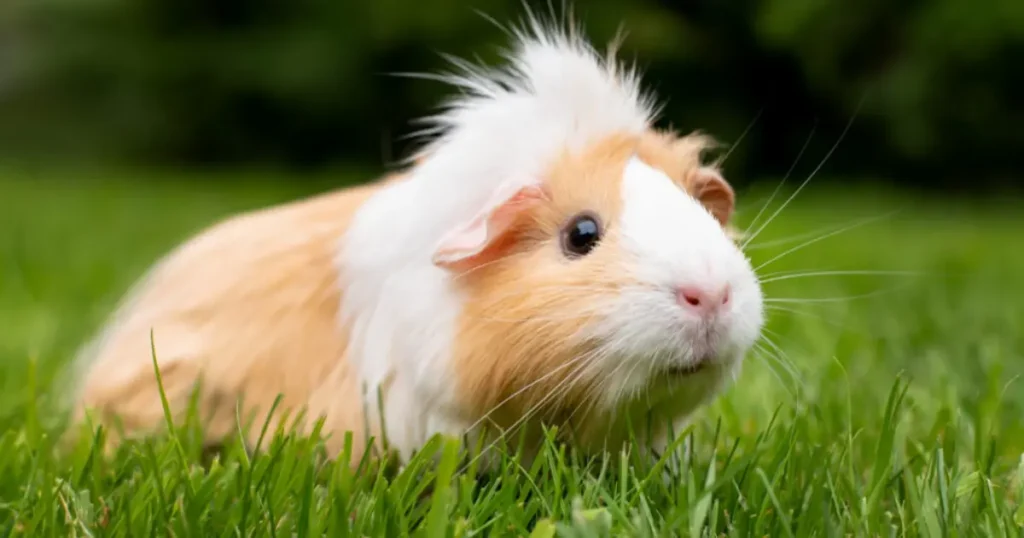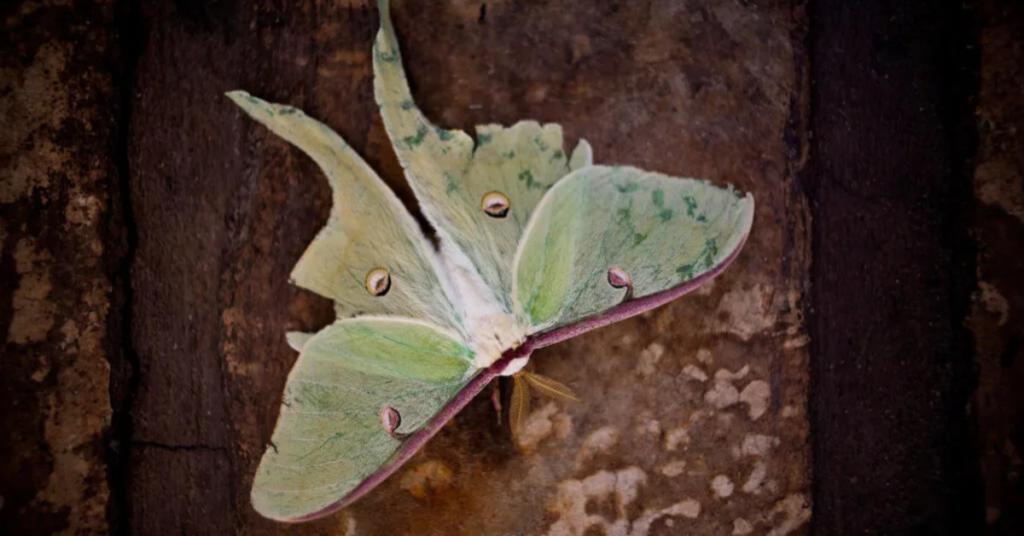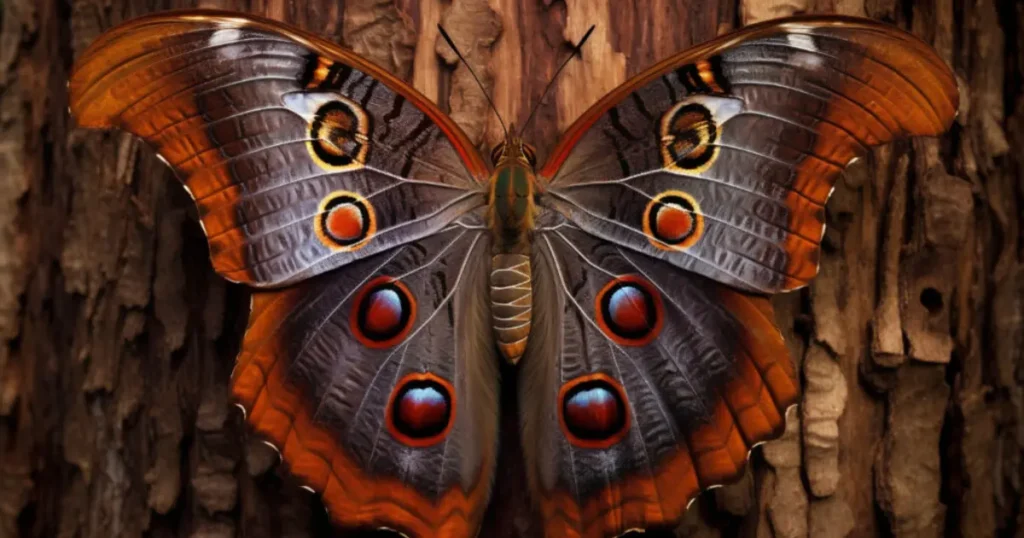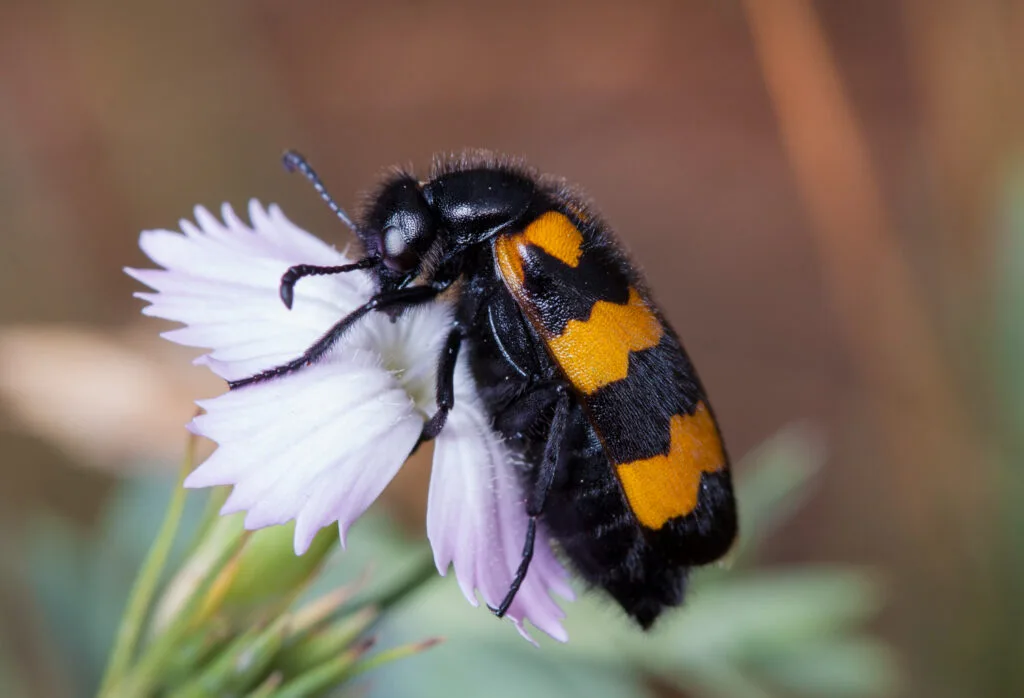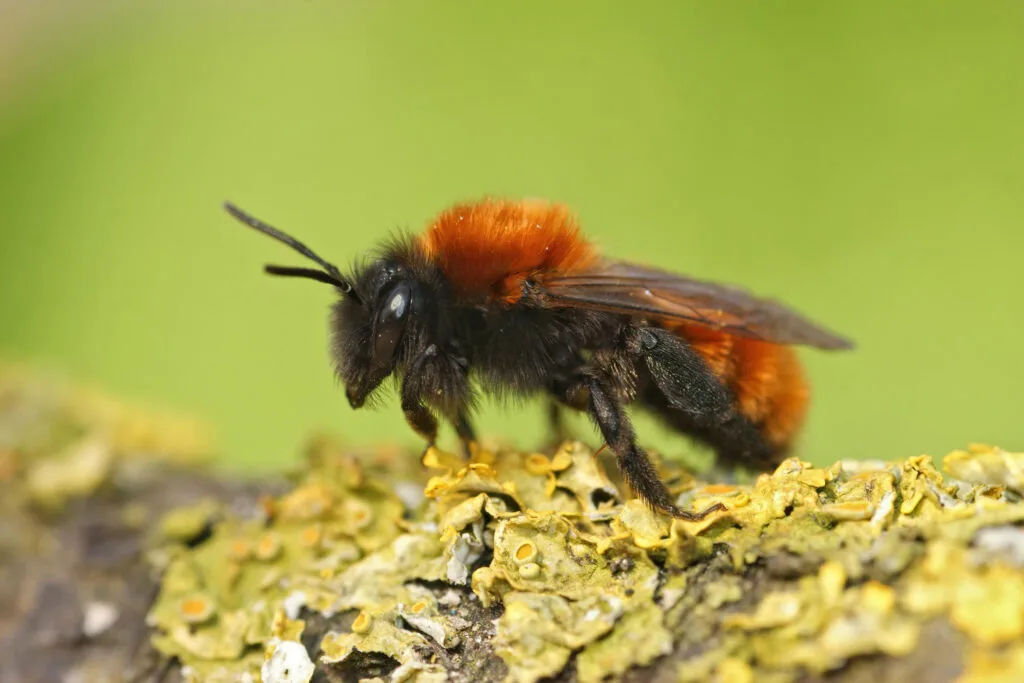Hamsters make excellent pets due to their small size, cute appearance, and relatively simple care needs. If you’re considering getting a hamster, it’s essential to know about different hamster breeds, their lifespan, and how to care for them properly. In this guide, we’ll cover seven popular hamster breeds, their unique characteristics, lifespan, and the best treats to keep them happy.
Syrian Hamsters are the best for beginners due to their easy-going nature and ability to live alone.
No, chocolate is toxic to hamsters and should be avoided.
Spot clean daily and perform a full cage clean at least once a week.
Yes, a wheel helps them stay active and prevents obesity.
Table of Contents
Toggle1. Syrian Hamster
Also known as the Golden Hamster, Syrian Hamsters are one of the most popular hamster breeds worldwide. They are solitary animals and need their own space. Due to their larger size, they are easier to handle and are a great choice for first-time pet owners. However, they do not get along well with other hamsters and must be housed alone.
- Lifespan: 2-3 years
- Size: 5-7 inches long
- Personality: Friendly, independent, and active
- Care: Requires a spacious cage, exercise wheel, and regular interaction
- Treats: Fruits, veggies, and hamster-safe nuts

2. Roborovski Dwarf Hamster
Roborovski hamsters are tiny and incredibly fast. They are social and can be kept in pairs or small groups if introduced properly at a young age. They require lots of space and enrichment to satisfy their high energy levels.
- Lifespan: 3-3.5 years
- Size: 2 inches long
- Personality: Very active, social, and playful
- Care: Needs a large enclosure with tunnels and hiding spaces
- Treats: Mealworms, seeds, and dried fruits

3. Campbell’s Dwarf Hamster
Campbell’s Dwarf Hamsters are friendly and easy to tame but can be prone to diabetes if fed an improper diet. They are more social than Syrian hamsters and can live with a same-sex companion if introduced early.
- Lifespan: 1.5-2 years
- Size: 3-4 inches long
- Personality: Curious, social, and adaptable
- Care: Requires a well-balanced diet and proper hydration
- Treats: Sugar-free treats like plain oats and veggies

4. Winter White Dwarf Hamster
Winter White Hamsters get their name from their ability to change fur color in the winter. They are gentle and can tolerate handling more than other dwarf species.
- Lifespan: 1.5-2 years
- Size: 3-4 inches long
- Personality: Gentle, quiet, and easy to handle
- Care: Provide a warm and cozy environment
- Treats: Low-sugar fruits and grains

5. Chinese Hamster
Chinese Hamsters have long, slender bodies and are sometimes mistaken for mice. They are generally shy but can bond well with their owners over time.
- Lifespan: 2.5-3 years
- Size: 4-5 inches long
- Personality: Shy, quiet, and gentle
- Care: Needs climbing toys and plenty of exercise
- Treats: Pumpkin seeds, whole grains, and veggies
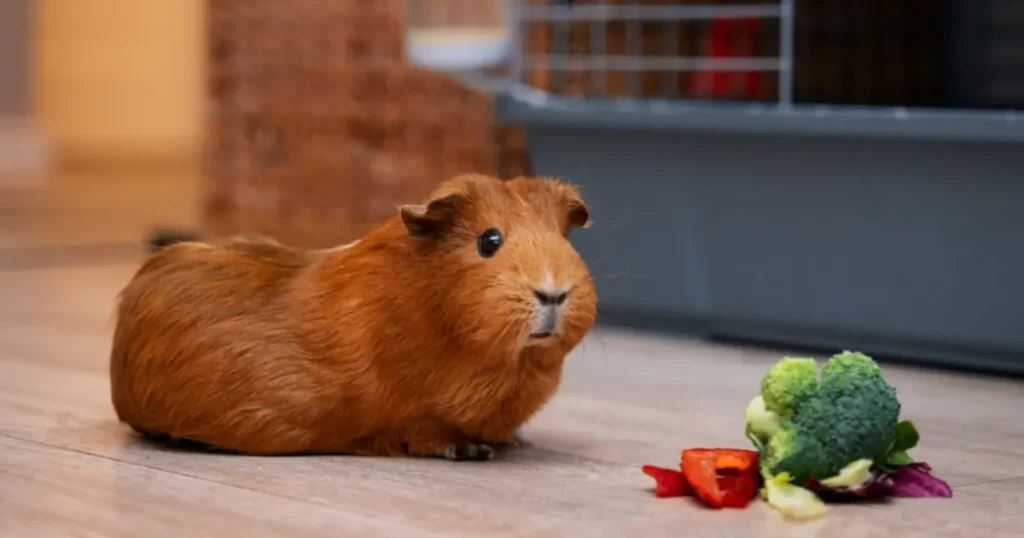
6. European Hamster
European Hamsters are much larger than typical pet hamsters and are more commonly found in the wild. They are not as commonly kept as pets but are known for their territorial nature.
- Lifespan: 4-8 years
- Size: 8-14 inches long
- Personality: Territorial, independent, and energetic
- Care: Requires a more natural habitat
- Treats: Natural grains and insects
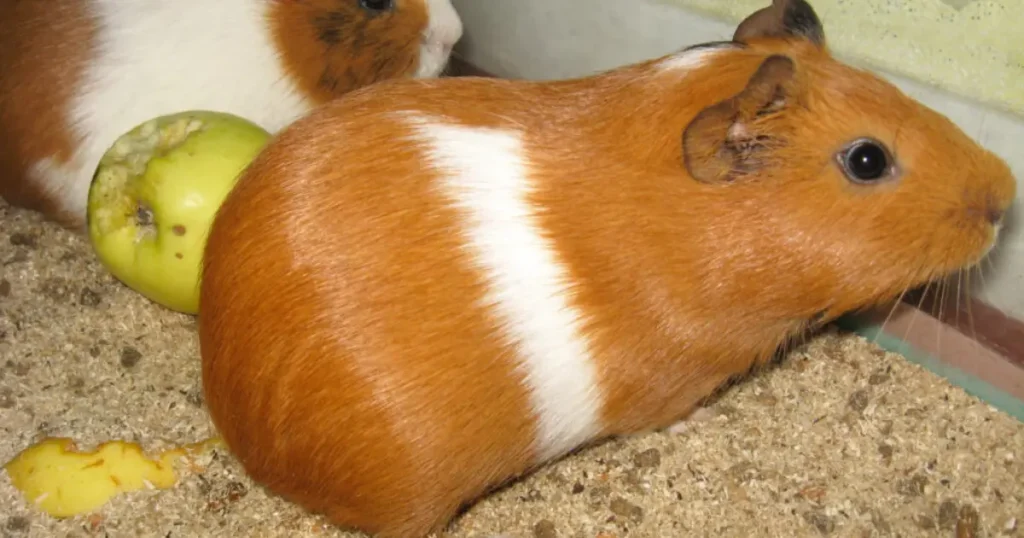
7. Russian Dwarf Hamster
Russian Dwarfs are friendly and can be kept in pairs, but they need careful introduction to avoid fights. They are quite active and require lots of enrichment in their enclosure.
- Lifespan: 1.5-2 years
- Size: 3-4 inches long
- Personality: Social, playful, and intelligent
- Care: Needs companionship and enrichment activities
Treats: Nuts, seeds, and fresh greens
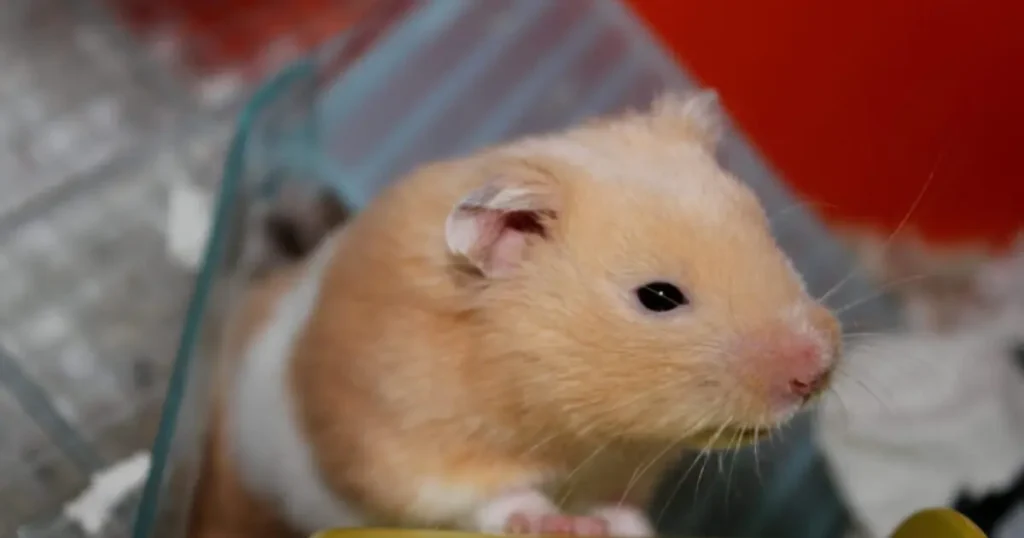
Hamsters Lifespan
The lifespan of a hamster varies depending on the hamster breed, diet, and overall care. Typically, hamsters live between 1.5 to 4 years, with larger breeds like the European Hamster living up to 8 years. Proper nutrition, a clean environment, and regular exercise can help extend your hamster’s lifespan.
Hamsters Care
Caring for a hamster involves providing a clean and spacious cage, a well-balanced diet, and mental stimulation. Here are some key care tips:
- Habitat: Ensure the cage is at least 450 square inches with adequate bedding.
- Exercise: Hamsters need exercise wheels, tunnels, and toys to stay active.
- Diet: A mix of high-quality pellets, fresh vegetables, and occasional treats is essential.
- Grooming: Most hamsters self-groom, but occasional brushing may be required.
Hamsters Treats
Giving treats to your hamster should be done in moderation. The best treats include:
- Fruits: Apples, bananas, and berries (avoid citrus).
- Vegetables: Carrots, cucumbers, and bell peppers.
- Proteins: Mealworms, boiled eggs, and plain chicken.
- Grains and Nuts: Oats, sunflower seeds, and almonds (unsalted).
Avoid sugary and processed foods, as they can lead to obesity and diabetes in certain hamster breeds.
By understanding the different hamster breeds, their lifespan, and proper care routines, you can ensure your furry friend lives a long, happy, and healthy life.

